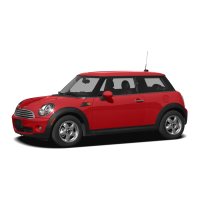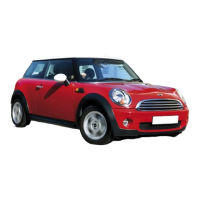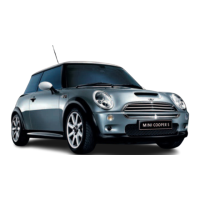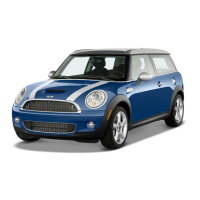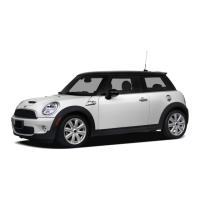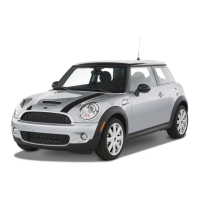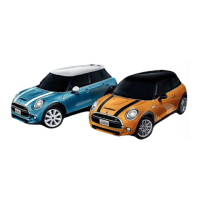Refueling
Vehicle features and options
This chapter describes model-specific
equipment, systems, and functions that are
currently available, or may become available
in the future, even if they are not present in
the vehicle.
Additional information:
Vehicle equipment, refer to page 8.
Follow the following when re-
fueling
General information
Follow the fuel recommendation prior to re-
fueling.
When refueling, hook the fuel pump nozzle
completely into the filler pipe. Lifting the
pump nozzle while refilling causes the die-
sel exhaust fluid to shut off prematurely and
reduces fuel vapor recirculation.
The fuel tank is full when the fuel pump
nozzle clicks off the first time.
Make sure that the fuel cap is closed prop-
erly after refueling, otherwise the emissions
warning light may illuminate.
Follow safety regulations posted at the fill-
ing station.
Additional information:
Fuel quality, refer to page 318.
Safety information
NOTICE
With a range below 30 miles/50 km,
the engine may no longer have sufficient
fuel. Engine functions are not ensured
anymore. There is a risk of damage to
property. Refuel promptly.
NOTICE
Fuels are toxic and aggressive. Overfilling
of the fuel tank can damage the fuel sys-
tem. Painted surfaces may be damaged by
contact with fuel. Escaping fuel can harm
the environment. There is a risk of damage
to property. Avoid overfilling.
Fuel filler cap
General information
If the fuel filler cap is not fitted correctly,
the emissions indicator light illuminates on
the instrument cluster.
Additional information:
Indicator/warning lights, refer to page 134.
Safety information
Warning
The fuel filler cap's retaining strap can be-
come pinched and crushed when the cap is
closed. It will then not be possible to close
the fuel filler cap correctly. Fuel or fuel
vapors can escape. There is a risk of injury
or risk of damage to property. Make sure
that the retaining strap does not become
Seite 284
MOBILITY Refueling
284
Online Edition for Part no. 01405B37A59 - II/24
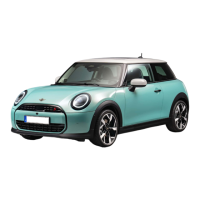
